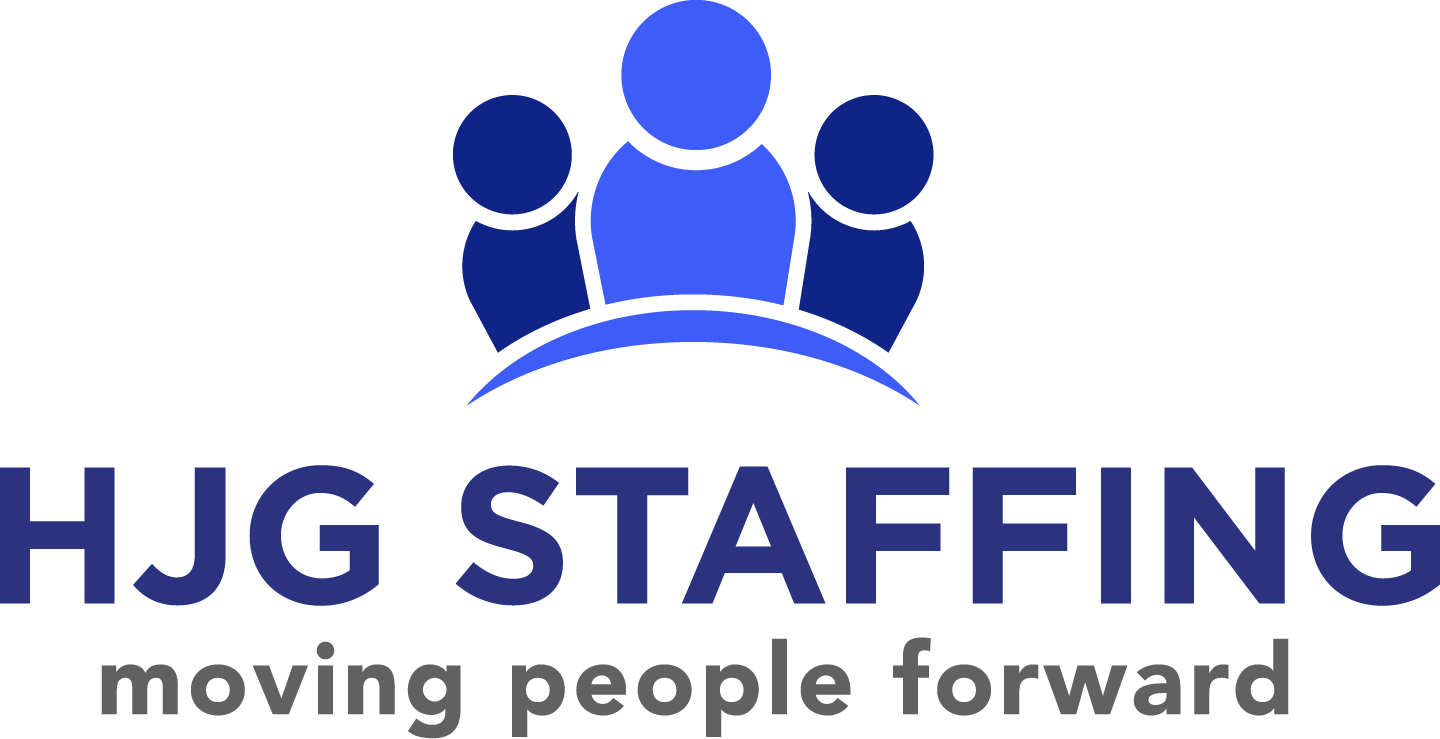Many of us have heard the phrase “live in the present moment.” While this seems straightforward, it can be difficult to put into practice. Most of us have hectic lives with multiple responsibilities. The everyday tasks of life can weigh heavily on our minds. Sometimes we dwell on the past, whether it be mistakes, wrongdoings, or pleasant memories. We tend to fantasize or plan for the future as well, setting goals, worrying about unknown possibilities and more. So, what does mindfulness really mean and how can we exercise living in the present moment amongst the chaos of life, especially work life? Let’s explore.
The first thing to remember when it comes to mindfulness is that it is simply a nonjudgmental observation of our thoughts and feelings. As human beings, we will experience a range of emotions, sometimes even daily. This is normal, and it’s important to remember that whatever we feel is impermanent and will pass eventually. To practice being mindful of your thoughts and feelings, simply tune into your breathing and observe the thoughts in your mind and feelings that accompany.

The act of tuning in with our breath is so simple, yet it pulls us back into awareness and creates space for awareness of our thoughts and feelings. Sometimes, the most difficult part of mindfulness is observing our thoughts and feelings with a nonjudgmental attitude. When we feel pain or sadness, it can be difficult not to judge those sensations as “bad” or resist that they’re happening. However, try your best to observe everything like a neutral outsider.
For example, John, a teacher was experiencing some money struggles. At first, his mind started to spiral, thinking of all the terrible possibilities. While money struggles can absolutely be a source of stress (and for a good reason), spiraling and getting caught up in hypotheticals only added more stress to John’s life. However, through taking deep breathes and gently guiding himself back to the present, John was able to take that energy and place it towards solutions.
We often try to avoid the unpleasantries of life, but they will come to each of us at some point or another. Therefore, bringing awareness to the sensations and thoughts in our mind can, at the very least, help us manage stress. It is also important to remember that our best days and happy feelings won’t last forever either, and the practice of mindfulness can help us walk through life’s ebbs and flows.

Next, prioritize rest. In American culture, busyness is glorified and “productivity” at every moment can feel like the norm. According to the American Institute of Stress, “77% of people experience stress that affects their physical health [and] 73% of people have stress that impacts their mental health.” These numbers are staggering, yet somehow the norm. Many people feel guilty resting, like their wasting time when they could be getting more accomplished.
This is a contributing reason as to why more Americans face burnout every year. The truth, that may be hard to accept, is that resting is productive. According to Mental Health America, “Deep relaxation, like meditation, when practiced regularly not only relieves stress and anxiety, but also is shown to improve mood. Deep relaxation has many other potential benefits as well—it can decrease blood pressure, relieve pain, and improve your immune and cardiovascular systems.” Rest does not always have to mean sleeping or lying down somewhere, although those activities are wonderful.

Relaxing can mean making time for your hobbies, interests and loved ones. When we genuinely enjoy what we’re doing, we are more likely to reach a state of “flow,” where we become fully enmeshed in whatever we are doing. This is the ultimate form of presence when we place our full attention on an activity or moment. So, while your job may not present opportunities for you to engage in the things you love, it’s important to make time for those things outside of work.
Creating space for the activities you enjoy will boost your mood, and this can carry over to your work life. Jamie practiced photography as a hobby. She loves the process of capturing moments and then going home to enhance the colors and lighting. Sometimes, she is so immersed in this experience that she forgets the world around her. This is an example of flow state. Because she makes time for this hobby, she has something to look forward to when she isn’t on the clock. Furthermore, this activity brings her genuine pleasure, and there is no pressure involved.

If you’re struggling to find a hobby or activity, try to think back to what you enjoyed doing as a kid. Some different options include writing short stories, baking, watching movies, visiting different parks, or joining an adult sports league. If you truly don’t know what to do, the internet is your friend! There are master lists of hobbies to try, and meetup groups, where people join to experience different activities. Trying new things also keeps our mind active and healthy.
If you can, try to shift your mindset by reviewing the facts. Rest and relaxation are not just a frivolous waste of time; rather, they improve life and overall well-being.
Finally, create your own “mindfulness bell.” In Buddhist monasteries, a bell rings throughout the day, offering a gentle reminder for practitioners to direct their attention to the present moment. We often get so caught up in what we’re doing, especially at work, that it’s easy to forget to check in with ourselves. You can set periodic alarms on your phone, or even silent reminders throughout the day to serve as a reminder to check in with yourself. This allows us to really be in tune with our internal happenings.

When you hear the bell or see the reminder, practice breathing in and checking in with your needs and feelings. You might find that you’re hungry, tired, or need fresh air. Whatever you discover, the act of being aware allows you to better take care of yourself, or at the very least, take a moment of gratitude and/or peace. Life can be busy and feel nonstop, so it’s important to take the time to pause and reflect, even if it’s just 30 seconds of your day.
Stress is an ongoing issue, and many of us have multiple responsibilities that can become quite overwhelming. While practicing mindfulness is quite simple, we often get so caught up in our to-do lists and plans that we forget to check in with our internal and external wellbeing. However, we do not have to drown in stress. Taking a small moment in the day to be completely yours, to reflect and breathe can make a world of difference in your day-to-day existence. Remember to breathe, make space for rest, and to set reminders to check in with yourself. After all, you deserve a work-life balance with moments of peace and relaxation.



